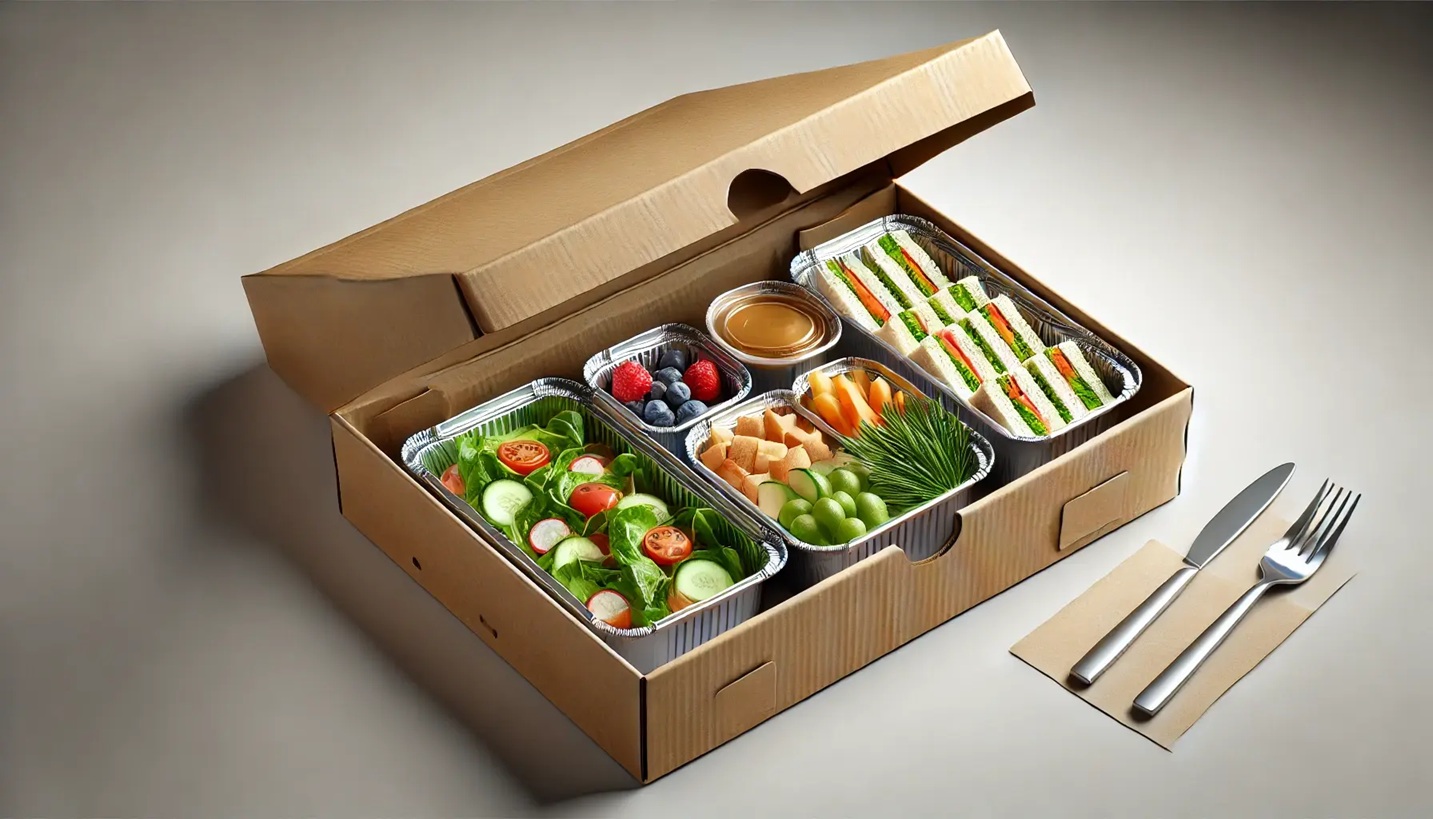For QSR operators, cheese plays a big role in the menu and the budget. But when you’re working with high volumes, limited prep time, and diverse menu applications, keeping cheese use efficient isn’t easy. Without the right controls in place, the result is often overuse, waste, and escalating food costs.
Therefore, to stay ahead, QSR operators need a holistic approach that combines cost-effective cheese sourcing, efficient kitchen practices, inventory control, and data-led decisions. For example, switching from block cheese to pre-shredded or pre-sliced formats can reduce prep time, improve consistency, and lower waste.
In this article, we’ll explore best practices to optimise food service cheese costs in restaurants.
Choose the Right Cheese Format for Efficiency
For QSR operators, selecting the appropriate cheese format can significantly impact kitchen efficiency and food cost control. For instance, sliced cheese can be best for standardised recipes where exact portioning is required. If you run a burger-focused QSR, you can opt for Hi-melt burger cheese slices, which offer consistent melt, no oiling off, high visual appeal, and better portion control. Cheese slices are available in different sizes to match the burger build, helping you stay consistent while cutting down on waste.
Similarly, Pre-shredded cheese works well if you need speed and consistency across a high-volume operation. Shredded formats are easy to measure, melt quickly, and provide uniform coverage across a range of menu items. You can use items like Mexican shredded cheese in dishes like burritos, loaded nachos, wraps, or toasted sandwiches.
Additionally, buying foodservice cheese in bulk may be the most economical option, especially when you have storage space and steady sales. It typically offers the best value per kilo and supports more efficient stock management across high-turnover menu items.
Inventory and Waste Management
Effective inventory management plays a crucial role in controlling cheese costs within quick-service restaurant operations. Implementing systematic inventory practices, such as the First In, First Out (FIFO) method, ensures that older cheese stock is used before newer inventory and helps to minimise waste.
In addition to managing stock, accurate portioning is another essential factor in reducing unnecessary cheese usage. When you’re working with shredded cheese solutions, using pre-measured scoops, digital scales, or automated portioning equipment ensures that each menu item receives a consistent quantity of cheese.
To reduce waste, QSRs can repurpose leftover cheese into alternative menu applications. For example, trimmings from sliced cheese can be incorporated into sauces, daily specials, or limited-time offers.
Lastly, look at your past sales and use forecasting tools to order the right amount of cheese to avoid running out or overstocking. Analysing your sales data can help you plan for busy weekends and order just the right amount of cheese so it does not go to waste.
Menu and Pricing Strategies
Effective menu engineering can also help QSRs improve cheese pricing strategies. Start by breaking down the cost of each menu item to identify opportunities for cost savings or adjustments.
Then, determine which items generate the highest profits and which may need price adjustments to optimise pricing. Suppose that the cost of Gouda or cheddar has risen; adjusting prices on specific sandwiches can help you stay profitable without losing customers.
Combined with smart pricing and menu design, these steps help you manage cheese costs while keeping quality consistent across your stores.
Strategic Sourcing and Supplier Management
For QSRS, establishing long-term partnerships with trusted wholesale dairy suppliers helps ensure consistent product quality, on-time deliveries, and preferential pricing agreements. A good supplier will offer consistent quality, reliable delivery, and even customised options like portion-controlled slices or specific shred sizes to match your menu needs.
Plan ahead with your supplier to unlock further operational advantages. By sharing your demand forecasts, promotional campaigns, or upcoming menu changes, you can secure priority access to inventory during busy periods or market fluctuations.
Staff Training on Cheese Handling & Portioning
When your team is well-trained in cheese portioning and handling, you can significantly reduce waste and maintain consistent product quality. Rather than relying on estimation, provide tools like pre-measured scoops or digital scales to help staff deliver the same cheese-to-serve ratio consistently.
Encourage your kitchen team to view ingredients like cheese as part of your profit margin. When staff understand that even a few extra grams per serve can add up to considerable expense, they’re more likely to be mindful during prep. Reinforce this by sharing simple cost breakdowns that show the real impact, like how an over-portioned sandwich adds up across all locations.
You might as well train your staff on effective cheese handling, as it is prone to spoilage when handled and stored incorrectly.
In summary, optimising cheese costs in QSRs requires a balanced approach that combines smart sourcing, efficient kitchen practices, and data-informed decision-making.
To bring these strategies to life, partner with a trusted food service cheese supplier to access high-quality cheese solutions that support consistency and cost control.
==============================ATM Internal Guidelines============================
Brand Keyword
Wholesale dairy suppliers https://www.puredairyfoodservice.com/
Product Keyword
Mexican Shredded Cheese https://www.puredairyfoodservice.com/shredded-cheese/mexi-shred-blend/
Hi melt burger slices https://www.puredairyfoodservice.com/burger-cheese/hi-melt-slices/
shredded tasty cheese https://www.puredairyfoodservice.com/shredded-cheese/shredded-cheddar/
bulk parmesan cheese https://www.puredairyfoodservice.com/block-cheese/parmesan-block/
Article Keyword
Cheese pricing strategies, Cheese cost management, Cost-effective cheese sourcing, Best practices for cheese cost control in restaurants






